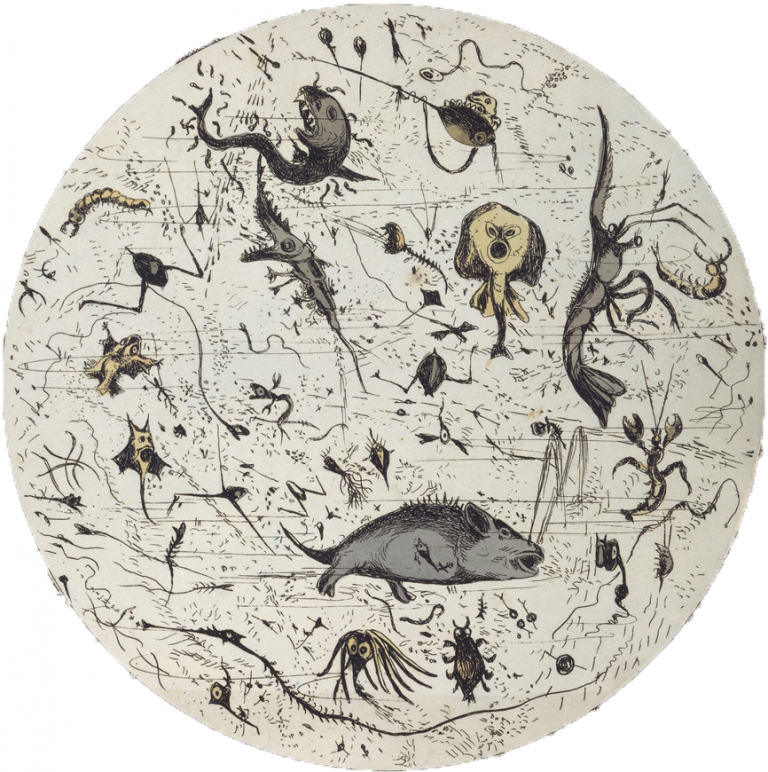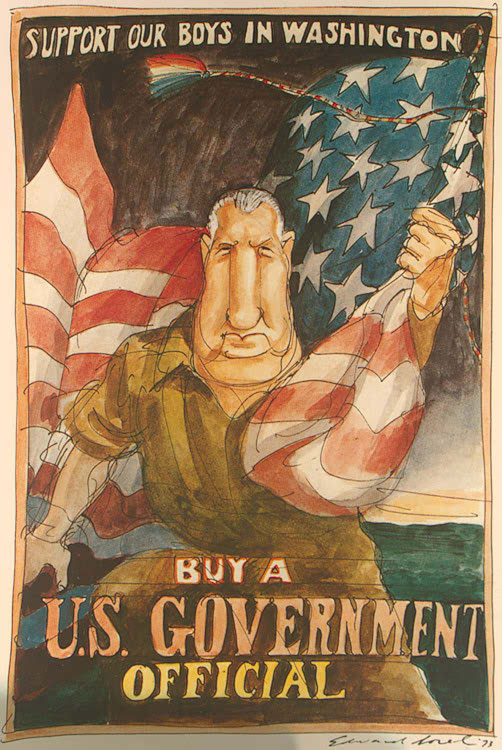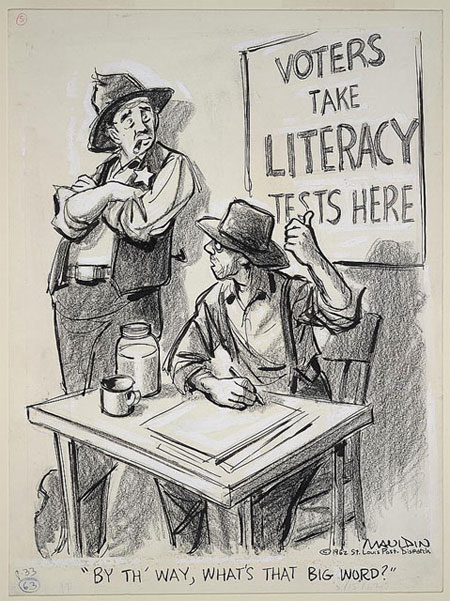Guided Primary Source Analysis: Microcosm
The image above is small part of an illustration. Look carefully and make a hypothesis about the topic or theme of the larger illustration. Point to specific details that led you to this hypothesis. Next, zoom into a larger section of the same illustration. What additional details do you see? Refine or rewrite your hypothesis about the topic or…



